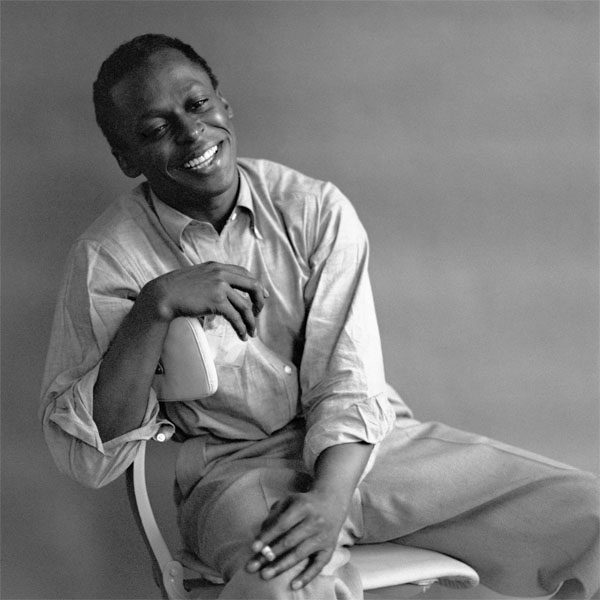An explosion in recent years of so-called “ruin porn” photography has sparked an inevitable backlash for its supposed fetishization of urban decay and economic devastation. Documenting, as theorist Brian McHale writes, the “ruin in the wake of the deindustrialization of North American ‘Rust Belt’ cities” like Detroit, “ruin porn” shows us a world that only a few decades ago, thrived in a post-war economic boom that seemed like it might go on forever. Our morbid fascination with images from the death of American manufacturing offers a rich field for sociological inquiry. But when scientists look over what has happened to so much of the architecture from the early to mid-twentieth century, they’ve mostly had one very pressing question:
What is going on with the concrete?
Or more specifically, why do structures built only a few years ago look like they’ve been weathering the elements for centuries, when buildings thousands of years old, like many parts of the Pantheon or Trajan’s Markets in Rome, look like they’re only a few years old? The concrete structures of the Roman Empire, writes Nicole Davis at The Guardian, “are still standing more than 1,500 years after the last centurion snuffed it.” Roman concrete was a phenomenal feat of ancient engineering that until recently had stumped scientists who studied its durability. The Romans themselves “were aware of the virtues of their concrete, with Pliny the Elder waxing lyrical in his Natural History that it is ‘impregnable to the waves and every day stronger.”
The mystery of the Roman concrete recipe has finally been revealed. Researchers at the University of Utah have just published a study in American Mineralogist showing how the compound of “volcanic ash, lime (calcium oxide), seawater and lumps of volcanic rock” actually did, as Pliny claimed, become stronger over time, through the very action of those waves. “Seawater that seeped through the concrete,” notes Davis, “dissolved the volcanic crystals and glasses, with aluminous tobermorite and phillipsite crystalizing in their place.” These new crystals reinforce the concrete, making it more impervious to the elements. Modern concrete, “by contrast… is not supposed to change after it hardens—meaning any reactions with the material cause damage.” (The short video above explains the process in brief.)
The recent study builds on previous work conducted by lead author, University of Utah geologist Marie Jackson. In 2014, Jackson, then at the University of California, recreated the Roman concrete recipe and discovered one of the minerals within it that makes it superior to the modern stuff. But it took a couple more years before she and her colleagues figured out the role of seawater on forming the rare crystals. Now, they are recommending that builders begin using Roman concrete in the near future for seawalls and other marine structures. The research “opens up a completely new perspective for how concrete can be made,” says Jackson. “What we consider corrosion processes can actually produce extremely beneficial mineral cement and lead to continued resilience, in fact, enhanced perhaps resilience over time.”
As we increasingly turn our postmodern gaze toward the failures of postwar industrialization–toward not only crumbling cities but crumbling dams and bridges–one secret for building infrastructure that can last for centuries comes to us not from an algorithm or an AI but from an ancient recipe combining the primeval forces of volcanoes and ocean waves.
via The Guardian
Related Content:
Roman Architecture: A Free Course from Yale
Rome Reborn: Take a Virtual Tour of Ancient Rome, Circa 320 C.E.
Ancient Rome’s System of Roads Visualized in the Style of Modern Subway Maps
Josh Jones is a writer and musician based in Durham, NC. Follow him at @jdmagness











